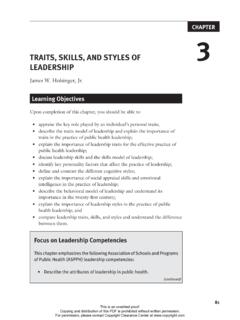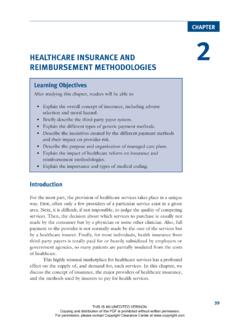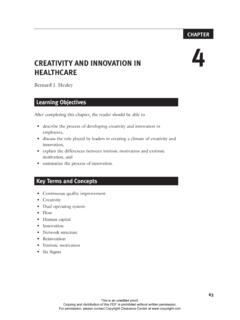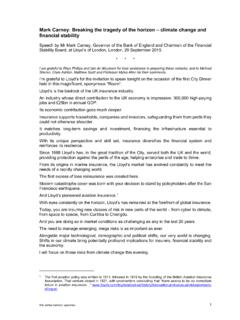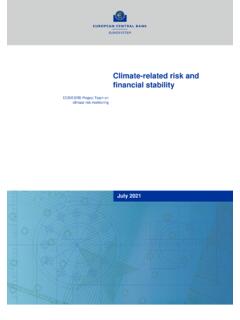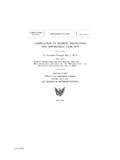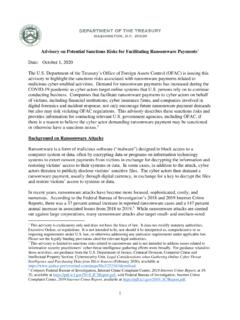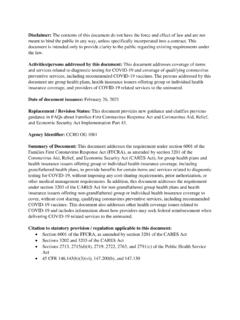Transcription of HISTORY OF HEALTH INSURANCE IN THE UNITED STATES H
1 CHAPTER31 HISTORY OF HEALTH INSURANCE IN THE UNITED STATESH ealth INSURANCE , as we generally think of it in the UNITED STATES , began with the Great Depression in the 1930s. In this chapter, we review the HISTORY of HEALTH INSURANCE and demonstrate how that HISTORY is linked to current HEALTH INSURANCE developments. Predating private HEALTH INSURANCE were efforts at government-sponsored coverage for workplace injury and a tradition of industrial sickness funds. The Great Depression led hospitals and then physicians to implement forms of INSURANCE as means to ensure payment for services. Interestingly, conventional INSURANCE and managed care were developed at this same time.
2 The advent of World War II, the growth of the labor movement, and the federal tax code all fostered the growth of employer-sponsored coverage. Medicare was introduced in 1965 to provide coverage to older citizens; it mimicked the private coverage common at the time. Commercial insurers aggressively competed with others by offering lower premiums to larger employers, based on their lower claims experience. Fed-eral preemption of state INSURANCE laws led to dramatic growth in self-insured employer plans. The 1980s saw the development of managed care, prompted by rapidly increasing healthcare costs and the emergence of self-insured employer plans.
3 Managed care s ability to selectively contract revolutionized healthcare markets by introducing price competition and led to a backlash against managed care. In the 2000s, healthcare costs are again rising rapidly, and efforts are under way to encourage insured individuals to pay more out-of-pocket through the use of high-deductible HEALTH plans with tax-sheltered HEALTH savings accounts. In 2010, the Patient Protection and Affordable Care Act (ACA) was enacted, which promises to substantially change the US HEALTH INSURANCE : Workers Compensation and Sickness FundsAt the turn of the century in 1900, Teddy Roosevelt was president, and the UNITED STATES was entering what came to be known as the Progressive Era.
4 Roosevelt championed a series of antitrust enforcement efforts designed to reduce the influence of manufacturing, transportation, and oil firms that had HEALTH INSURANCE , Second Edition4grown large during the Industrial Revolution. Women s suffrage was seri-ously debated. At the state level, there were efforts to shorten the workweek, limit child labor, and deal with workplace common law, employers were liable for injuries that occurred at their facilities if the employer was negligent. Employers had three defenses against negligence claims. First, they could argue that the worker had assumed the risk as part of the employment contract.
5 Second, they could argue that the injury was caused by the negligent acts of a coworker rather than those of the employer. Third, they could argue that the worker was at least partially at fault. Injuries were common, and court cases seeking to determine negli-gence and obtain awards for damages were common. Fishback and Kantor (2000) argue that state workers compensation laws arose because workers rights advocates saw such reforms as a means of shifting the costs of work-place injury to the employer. Employers saw the reforms as a way to reduce the legal costs associated with negligence claims and to increase the payments to injured workers while reducing overall 1910 and 1915, 32 STATES enacted workers compensa-tion INSURANCE .
6 Under these programs, employers accepted full liability for workplace injuries and could buy INSURANCE coverage through their state. If employers purchased workers compensation INSURANCE , they retained all three legal defenses against negligence. However, if they did not buy cover-age, they were denied these medicine supported the workers compensation legislation apparently under the view that injured workers would go to their family doc-tor for care, and the doctor would be paid by the workers compensation fund. Instead, however, employers began to directly retain and sometimes employ physicians to provide care.
7 This followed the model of some firm-specific clinics in the mining and lumber industries, notably in the STATES of Minnesota and Washington, respectively (Starr 1982). As a result, the major-ity of local physicians saw a reduction in the demand for their services. Those who had employer contracts did better, of of this background is relevant because it affected the design of sub-sequent HEALTH INSURANCE plans. Numbers (1979) and Starr (1982) describe the political dynamics. In the period leading up to and following World War I, a number of state initiatives proposed compulsory HEALTH INSURANCE based on the workers compensation model.
8 One plan, promoted by the American Association of Labor Legislation, called for coverage of all manual laborers with income of less than $100 per month for medical bills and lost income. Compulsory contributions from the employee, the employer, and the state government would be included. Those who were not in a covered group could join 1: HISTORY of HEALTH INSURANCE in the UNITED STATES 5 Between 1916 and 1919, 16 STATES considered such legislation; none adopted it. Employers tended to oppose this legislation because, unlike workers compensation, it did not have any offsetting reduction in costs. Labor unions had mixed views.
9 Samuel Gompers, the founder of the Ameri-can Federation of Labor (AFL), was opposed. He believed that workers knew how to spend their money and the role of the union was to get them more money to spend. The American Medical Association (AMA) officially favored this legislation in 1915 but opposed it by 1920, arguing that the INSURANCE interfered with the doctor patient relationship. Indeed, the expe-rience with workers compensation suggested as much. Physician opposition could be HEALTH INSURANCE is .. Un-American, unsafe, uneco-nomic, unscientific, unfair, unscrupulous legislation supported by paid professional philanthropists, busybody social workers, mis-guided clergymen, and hysterical women.
10 Brooklyn physician in 1919 symposium on compulsory HEALTH INSURANCE (Numbers 1979, p. 181)However, to assume that no private HEALTH INSURANCE existed during this period would be a mistake. In fascinating historical research, John Mur-ray (2007) argues that sickness funds had existed at least from the time of the Civil War. These funds were established by employers, unions, and fraternal organizations. Workers made weekly contributions of about one percent of their wages to the fund. When one of the fund members became too ill or injured to work, the fund would provide him with cash, often 60 percent of his wages.

